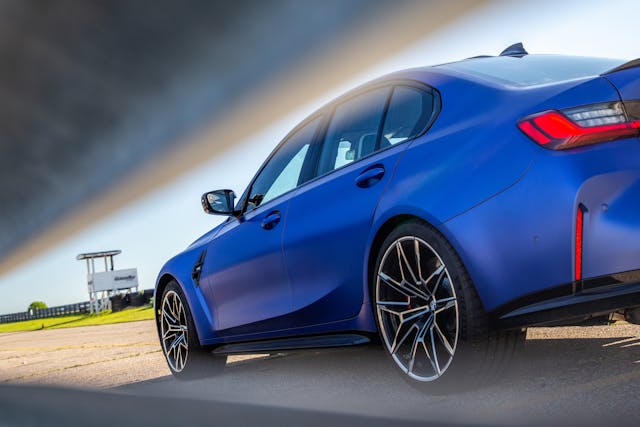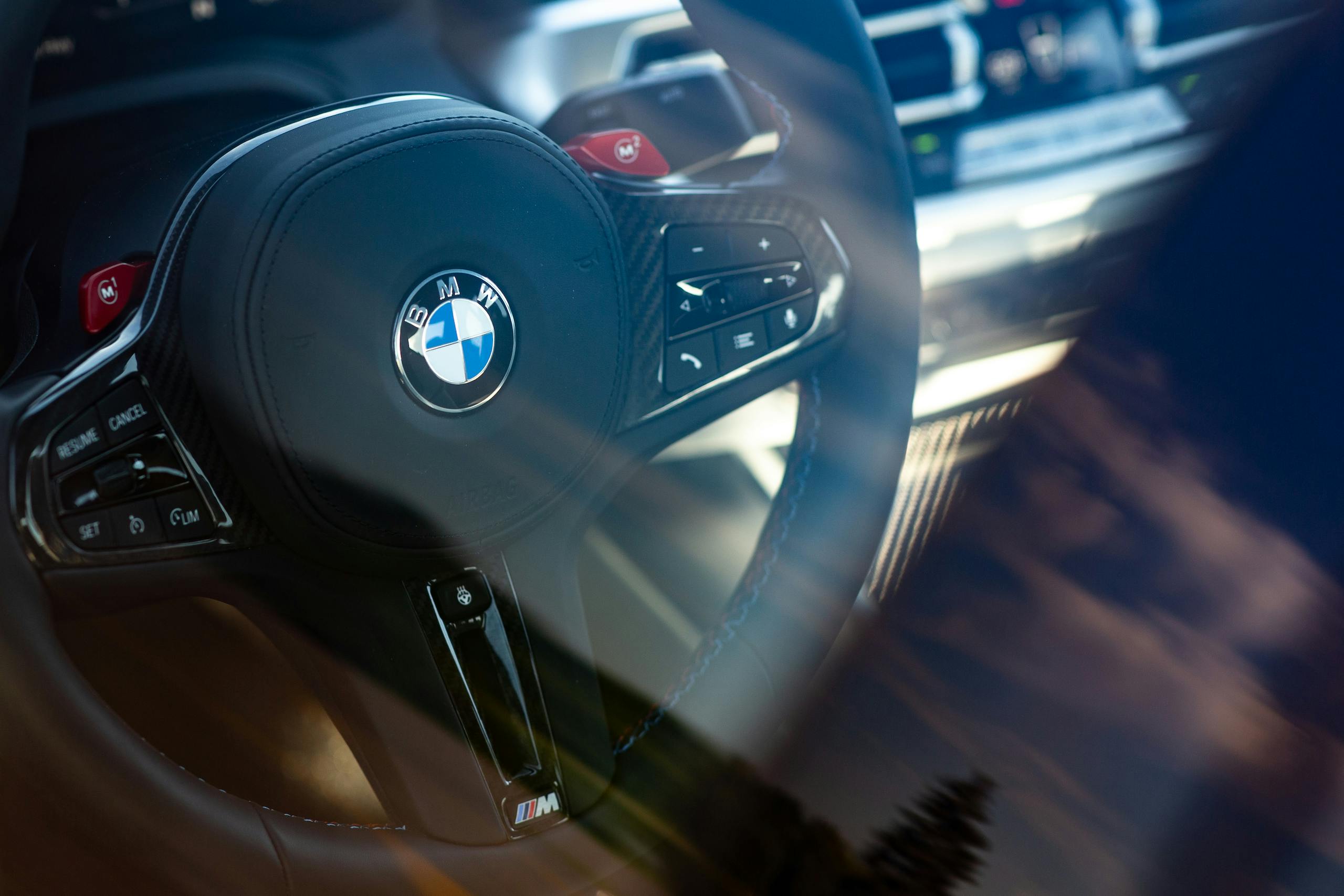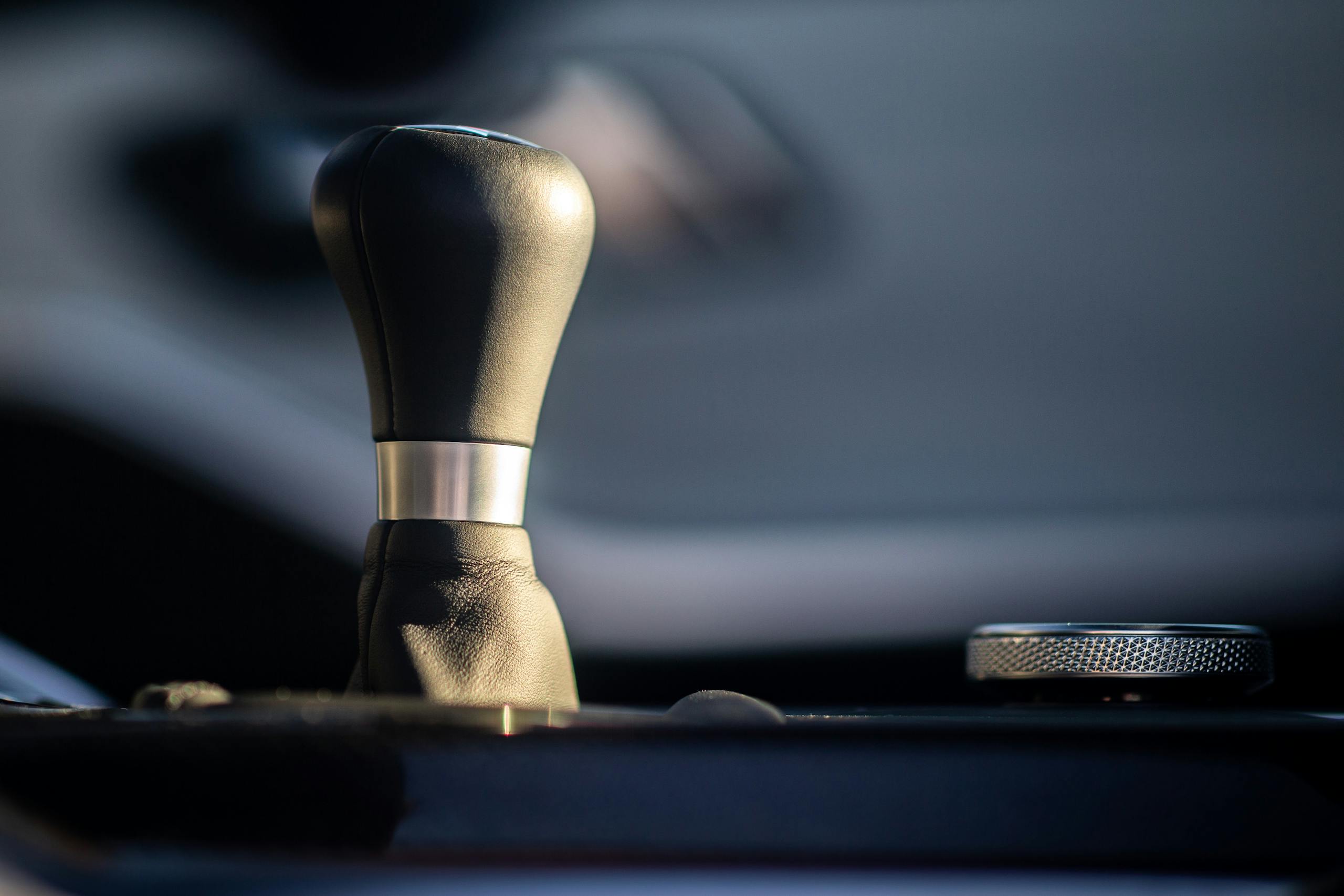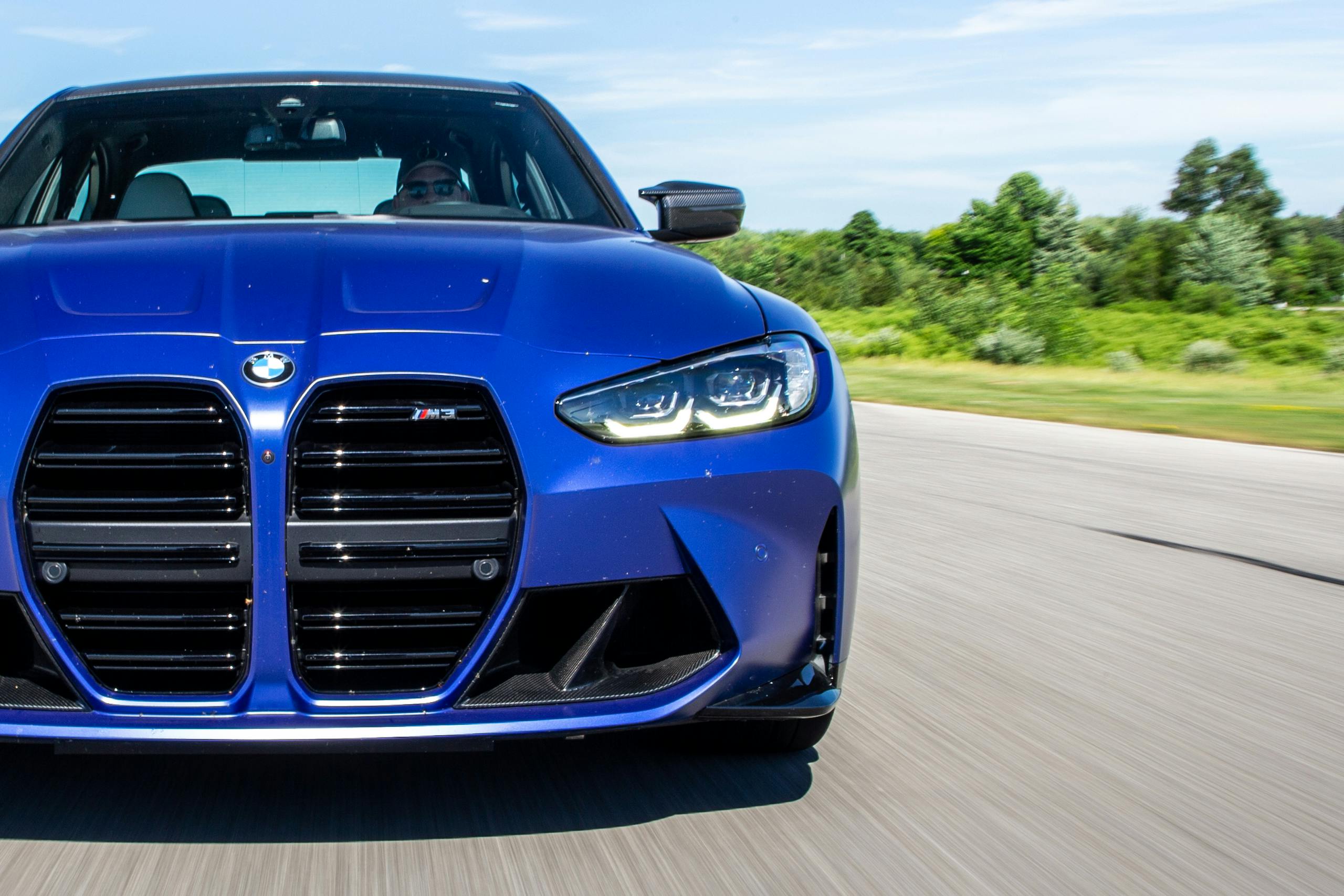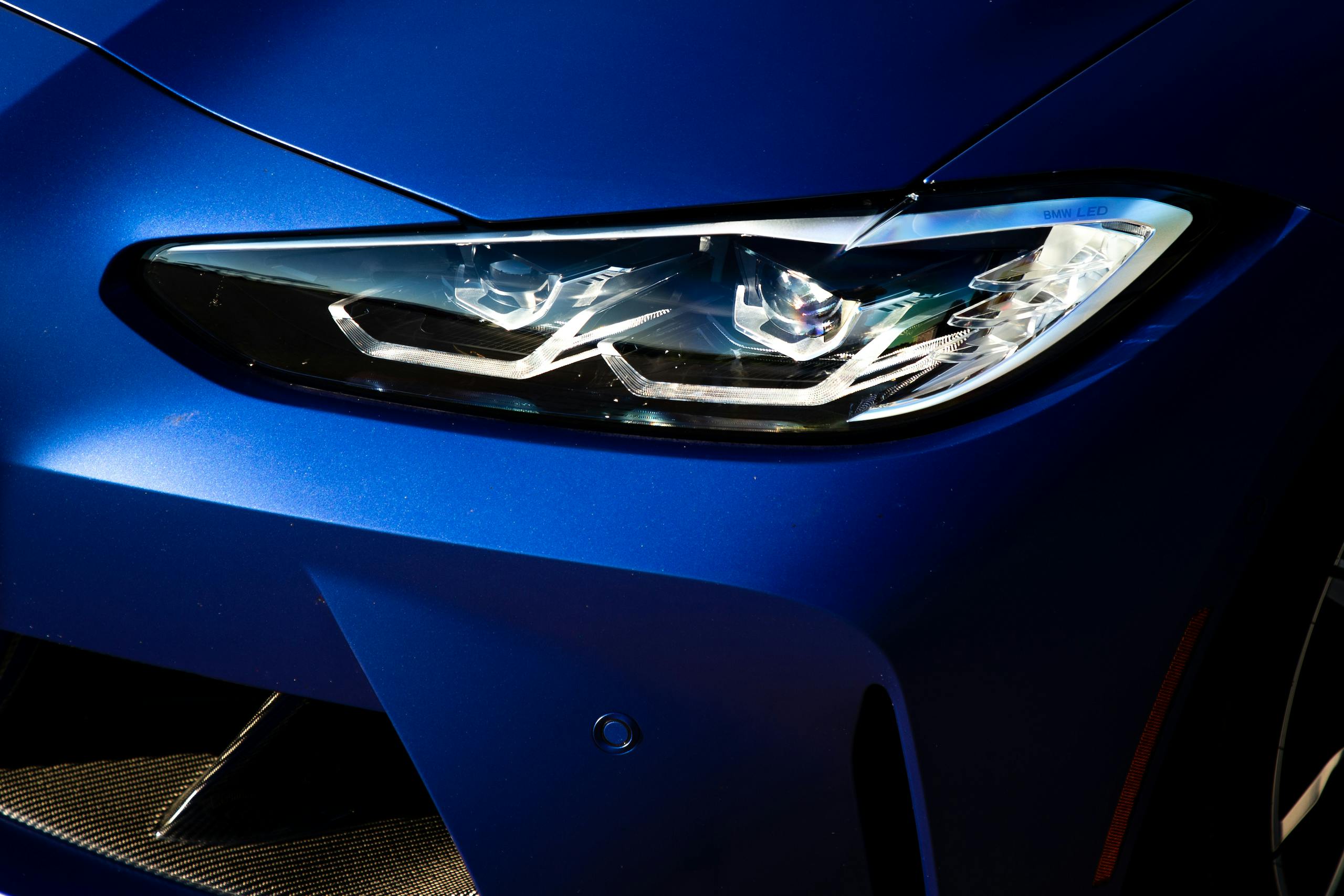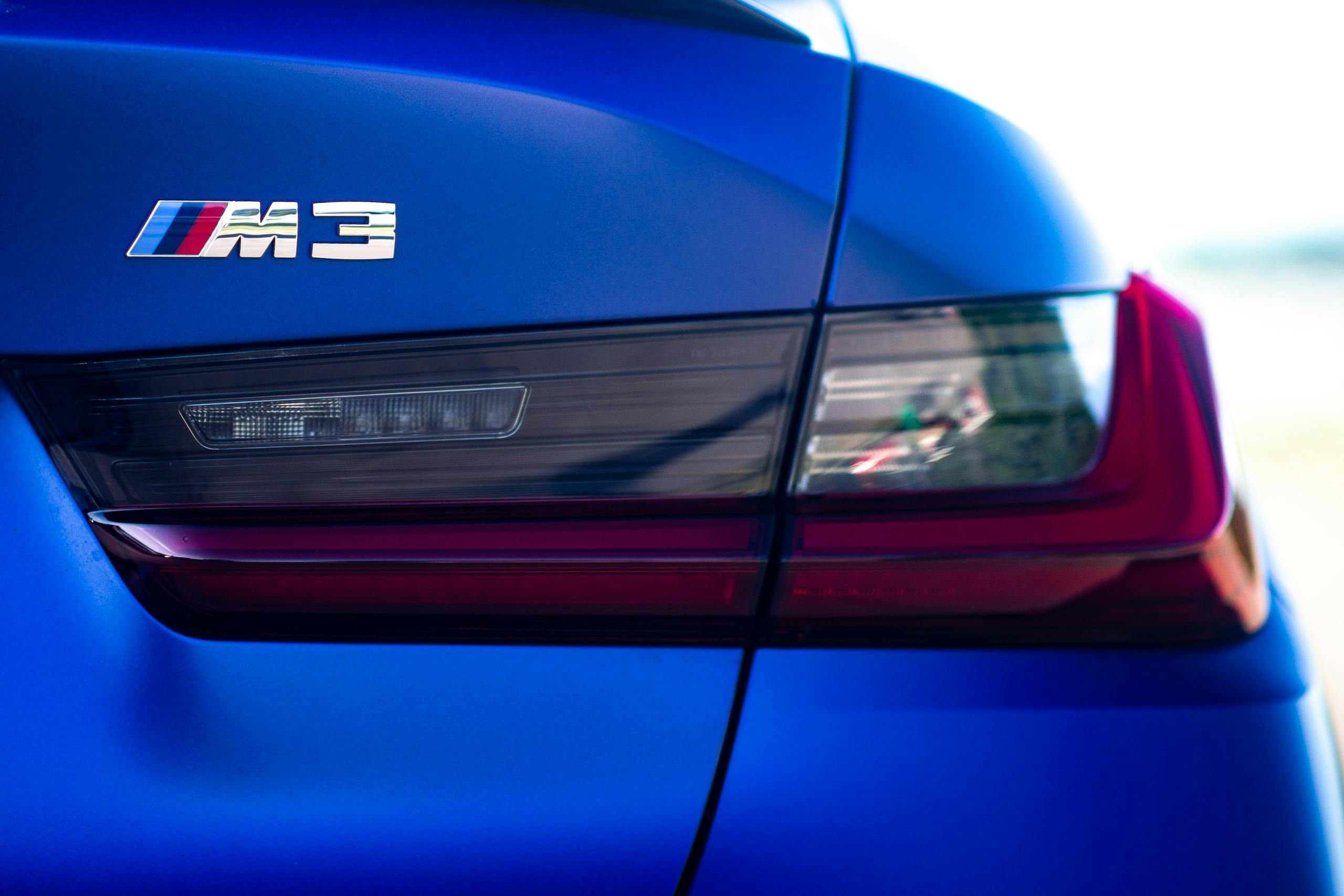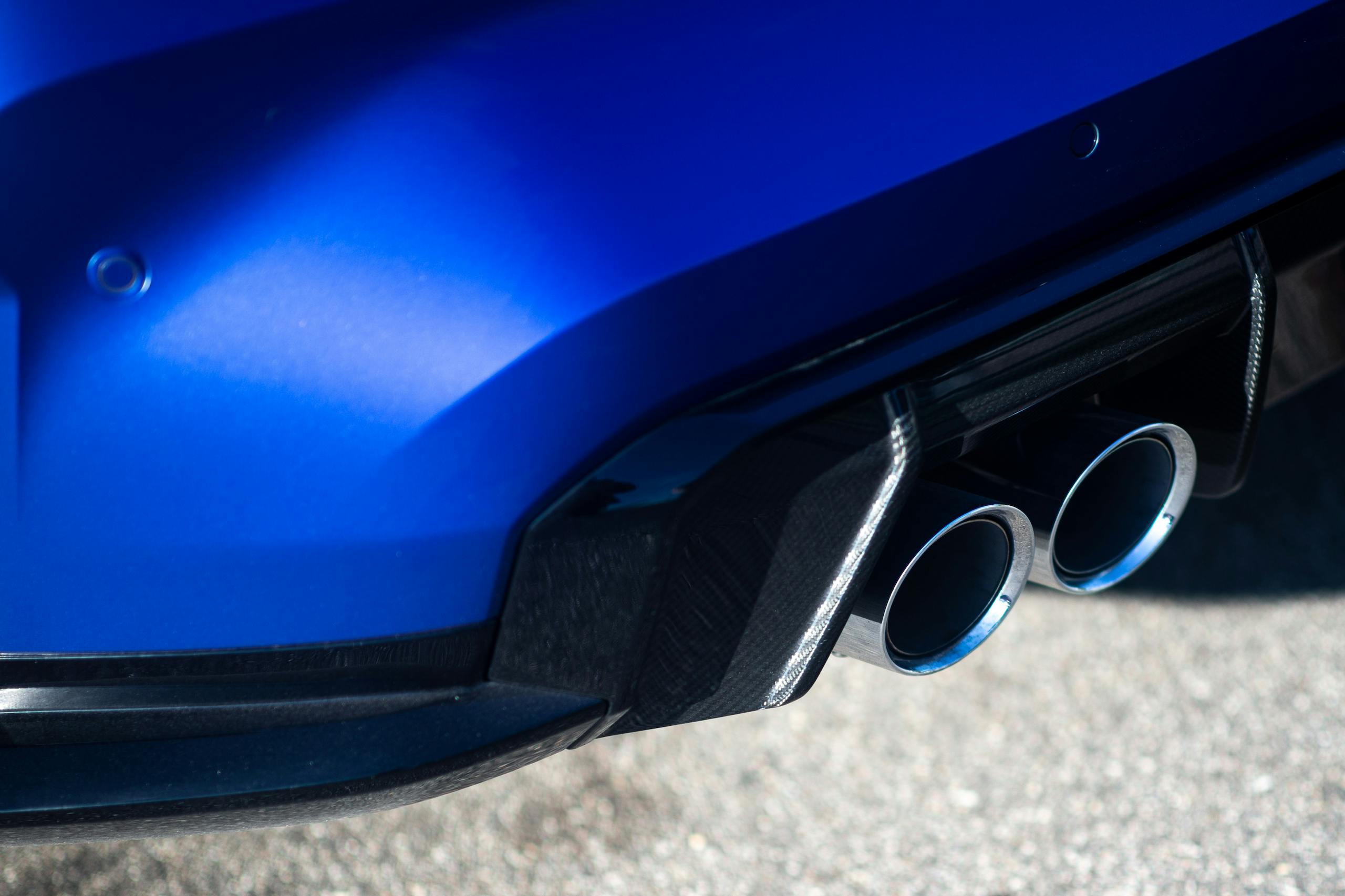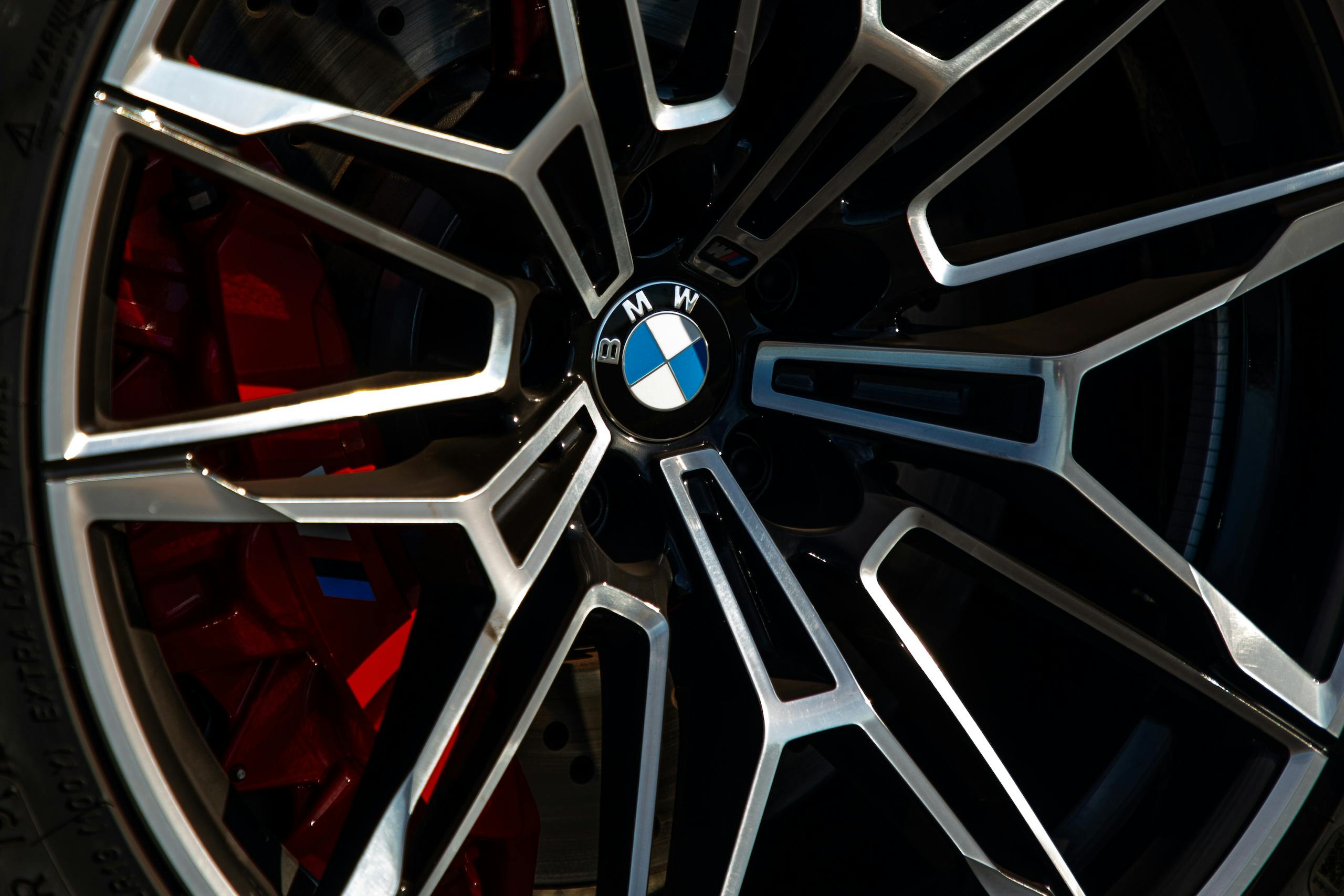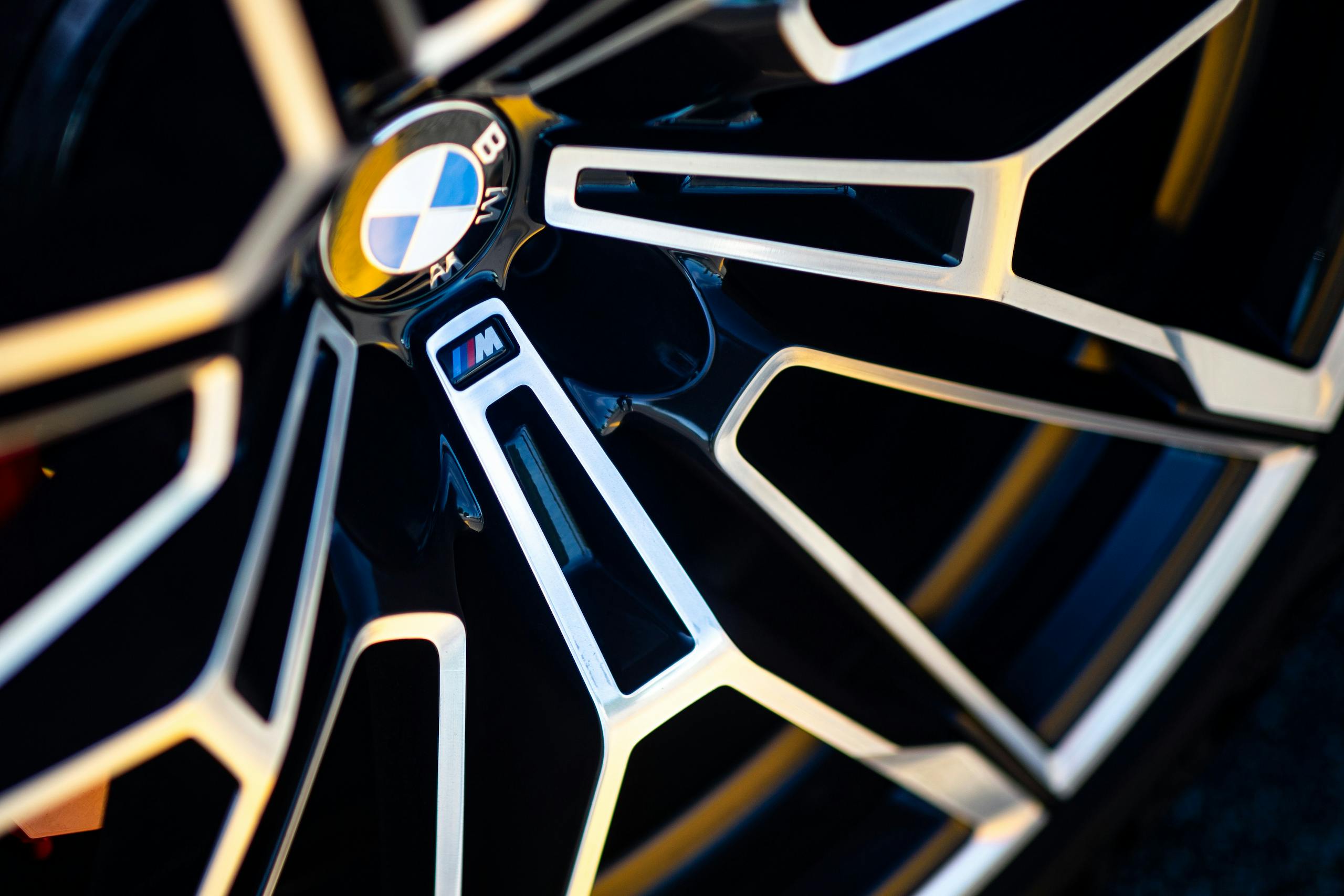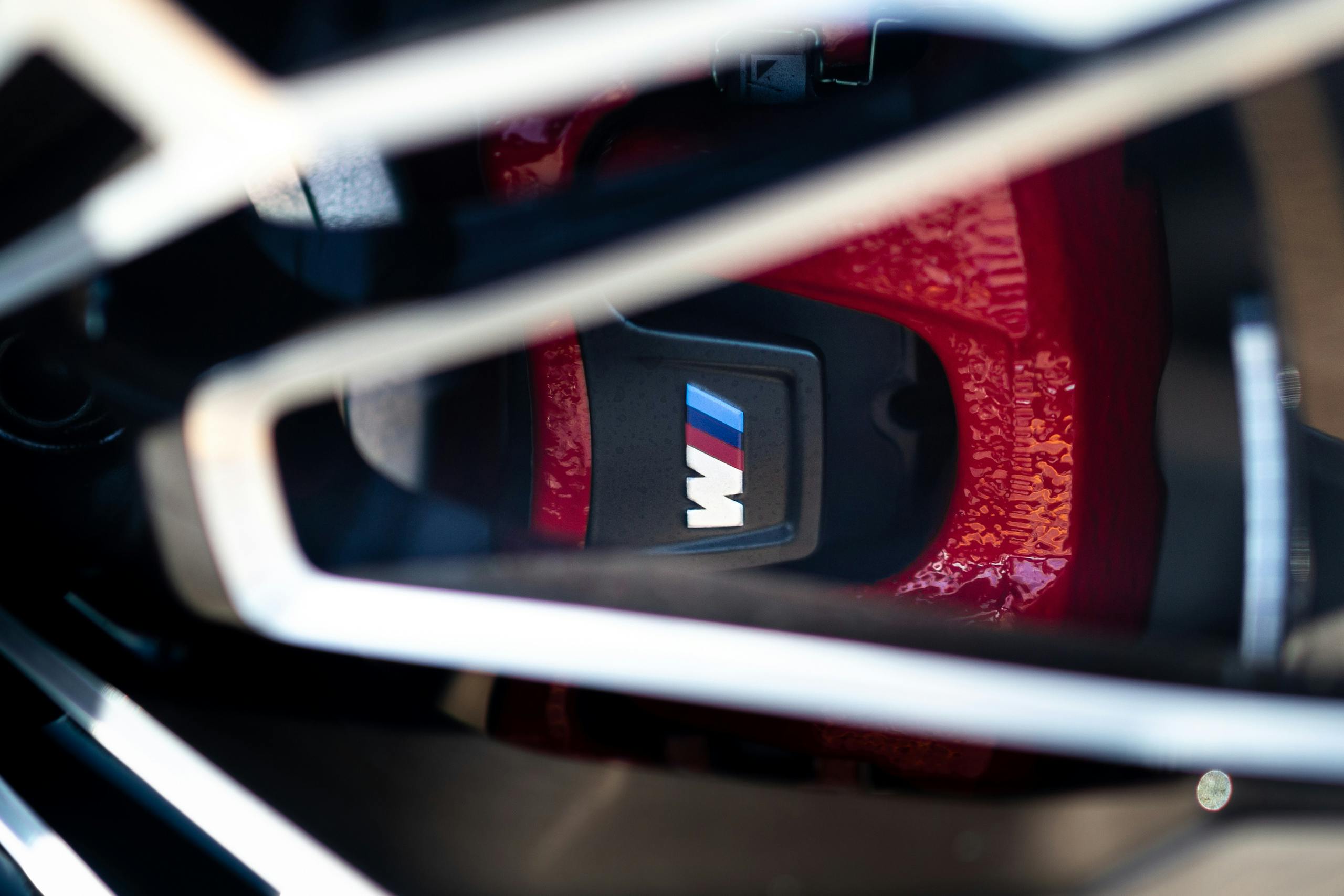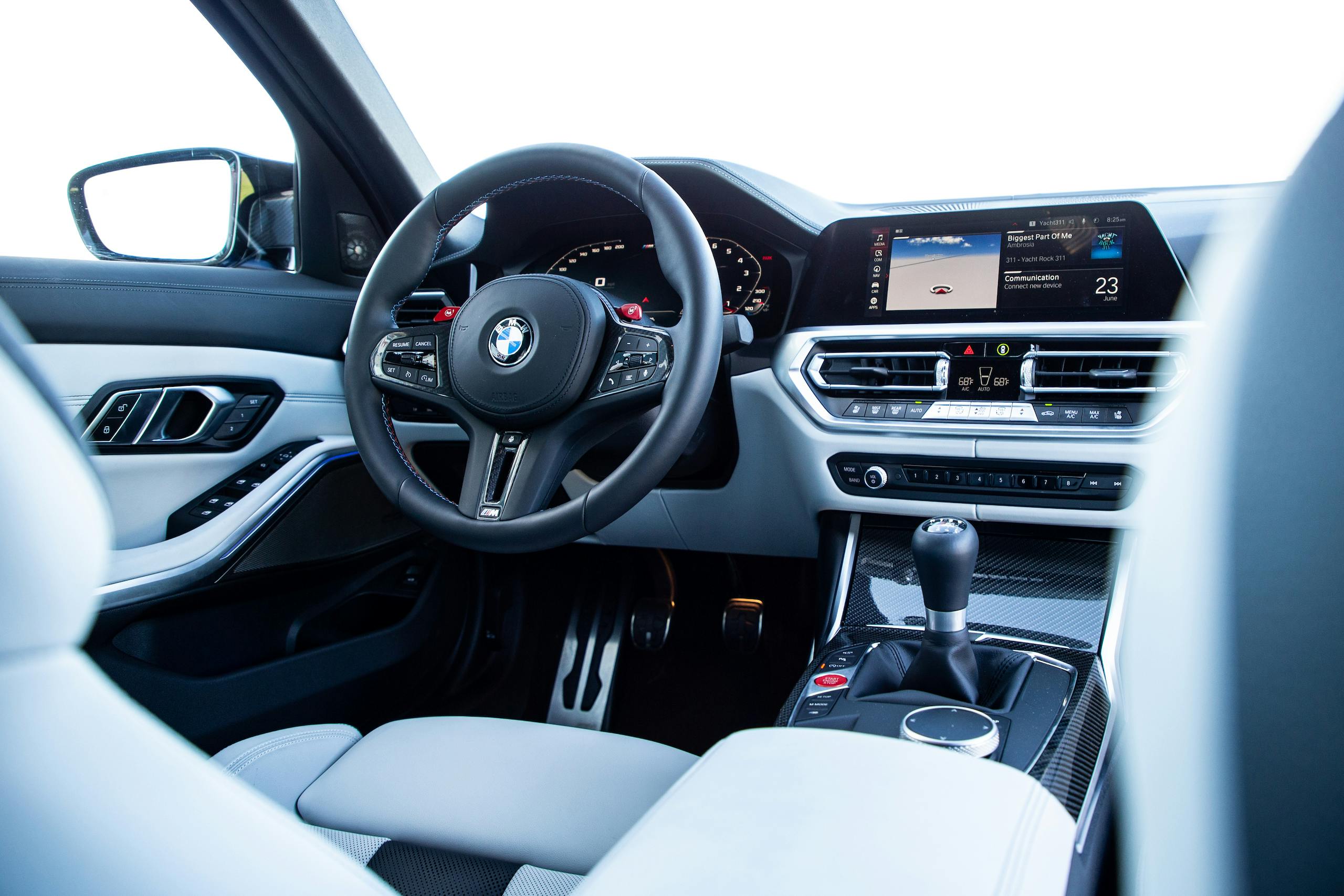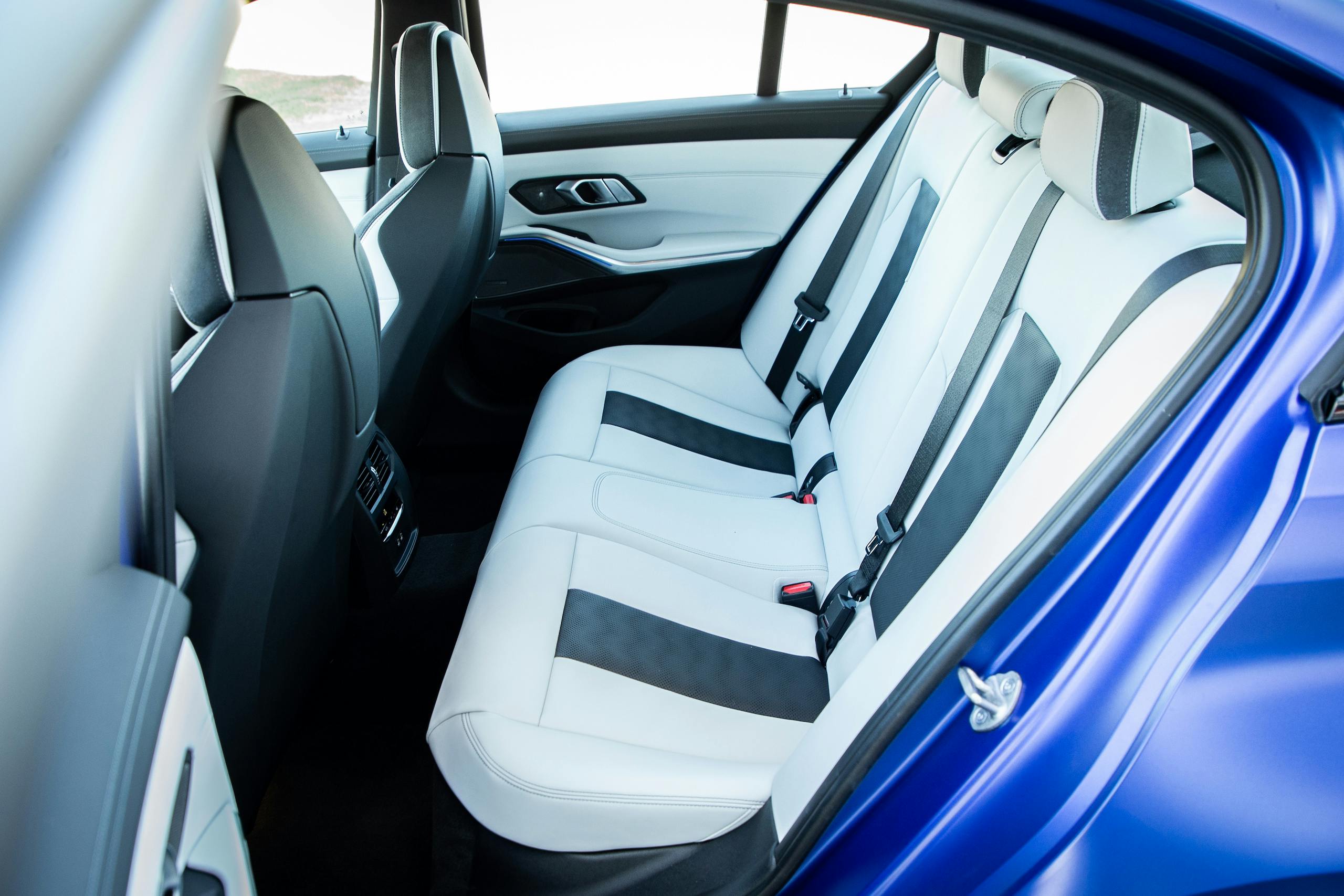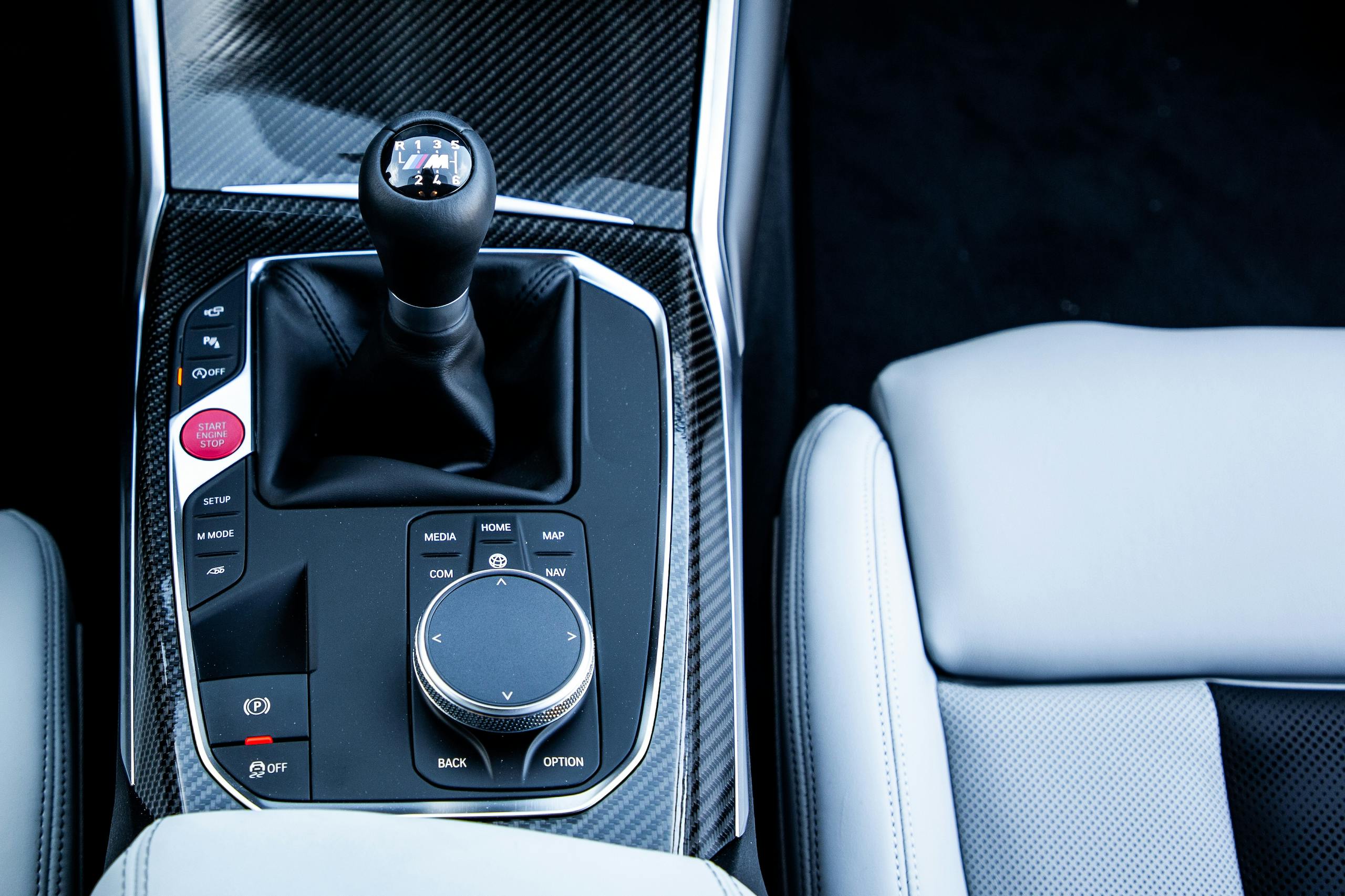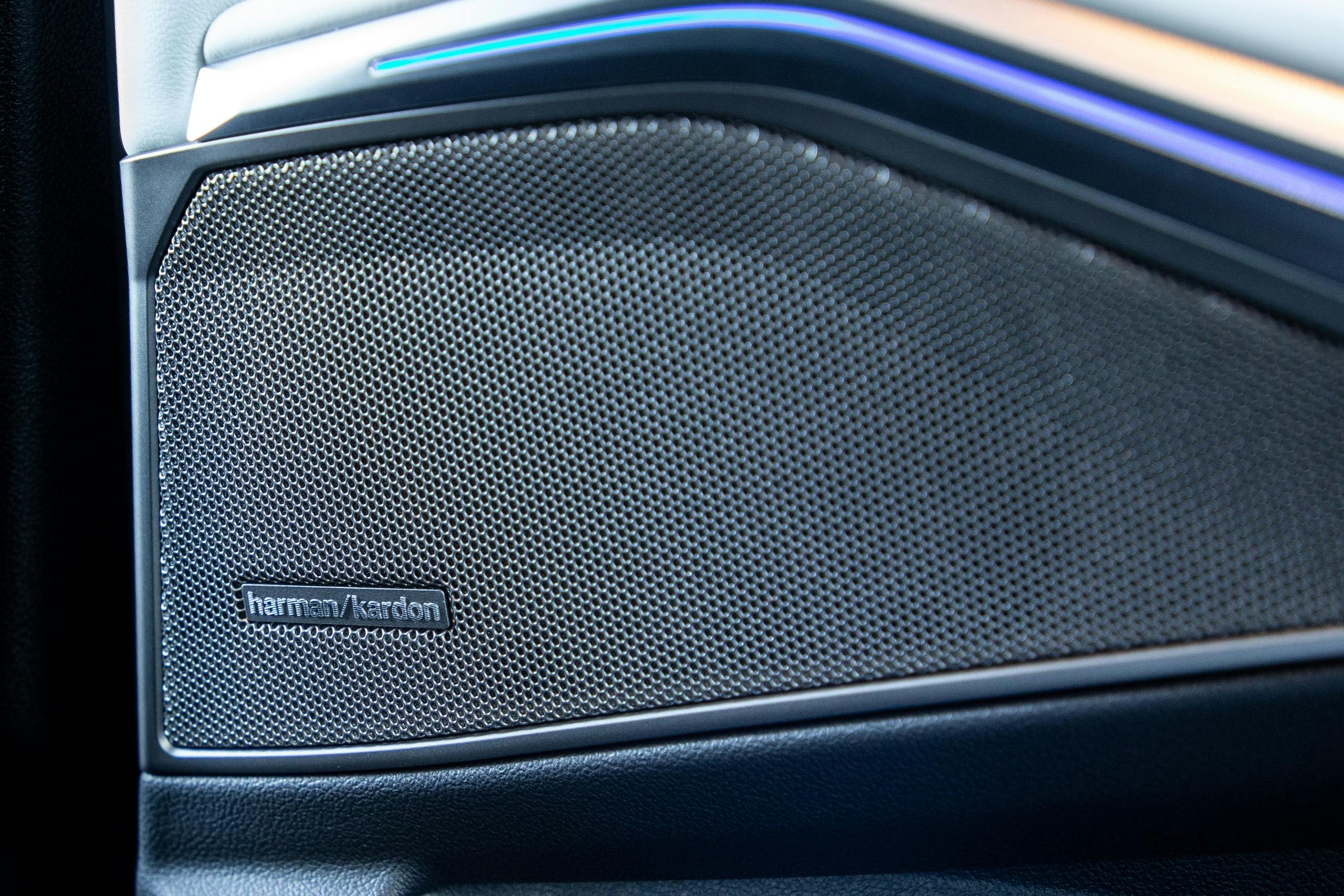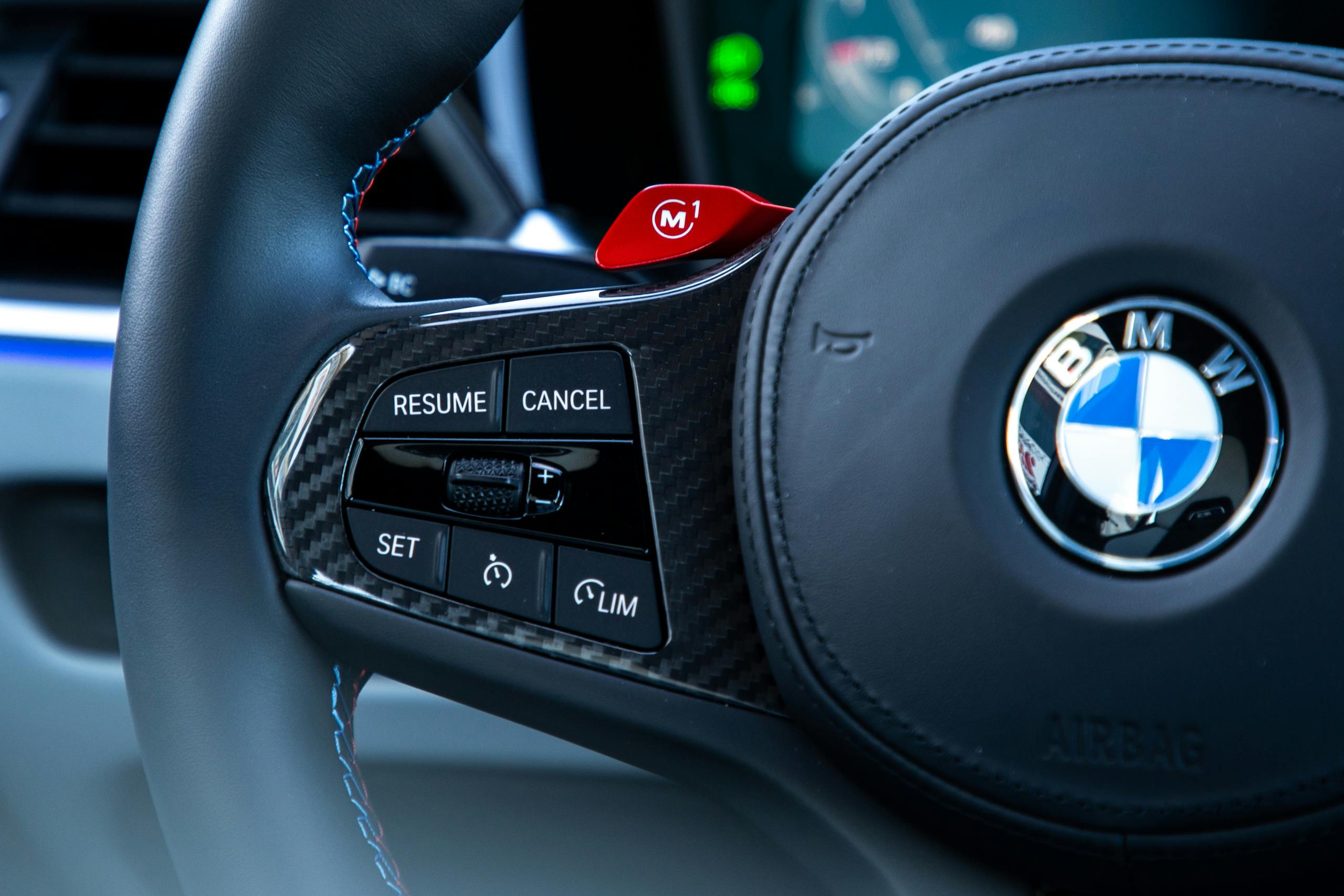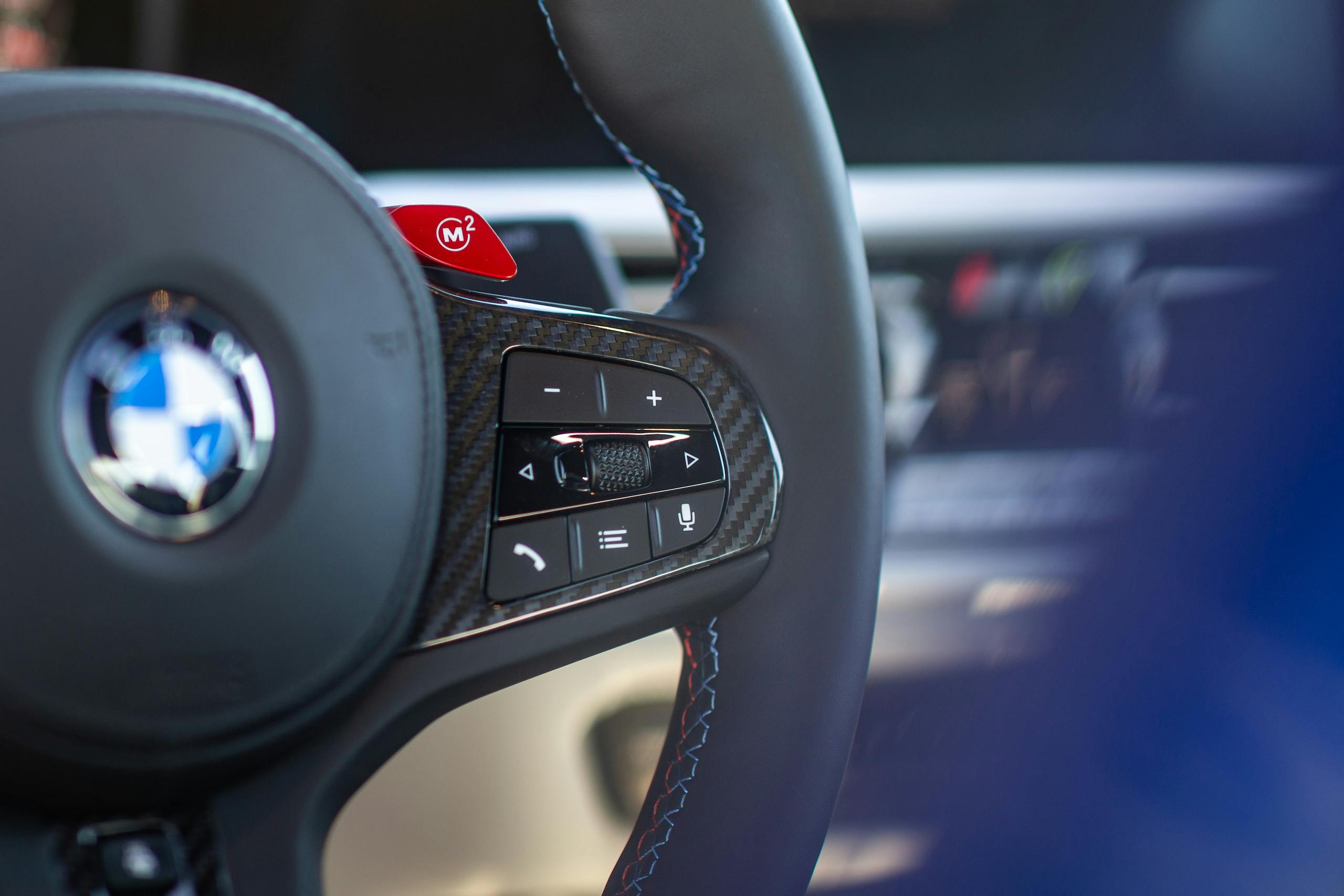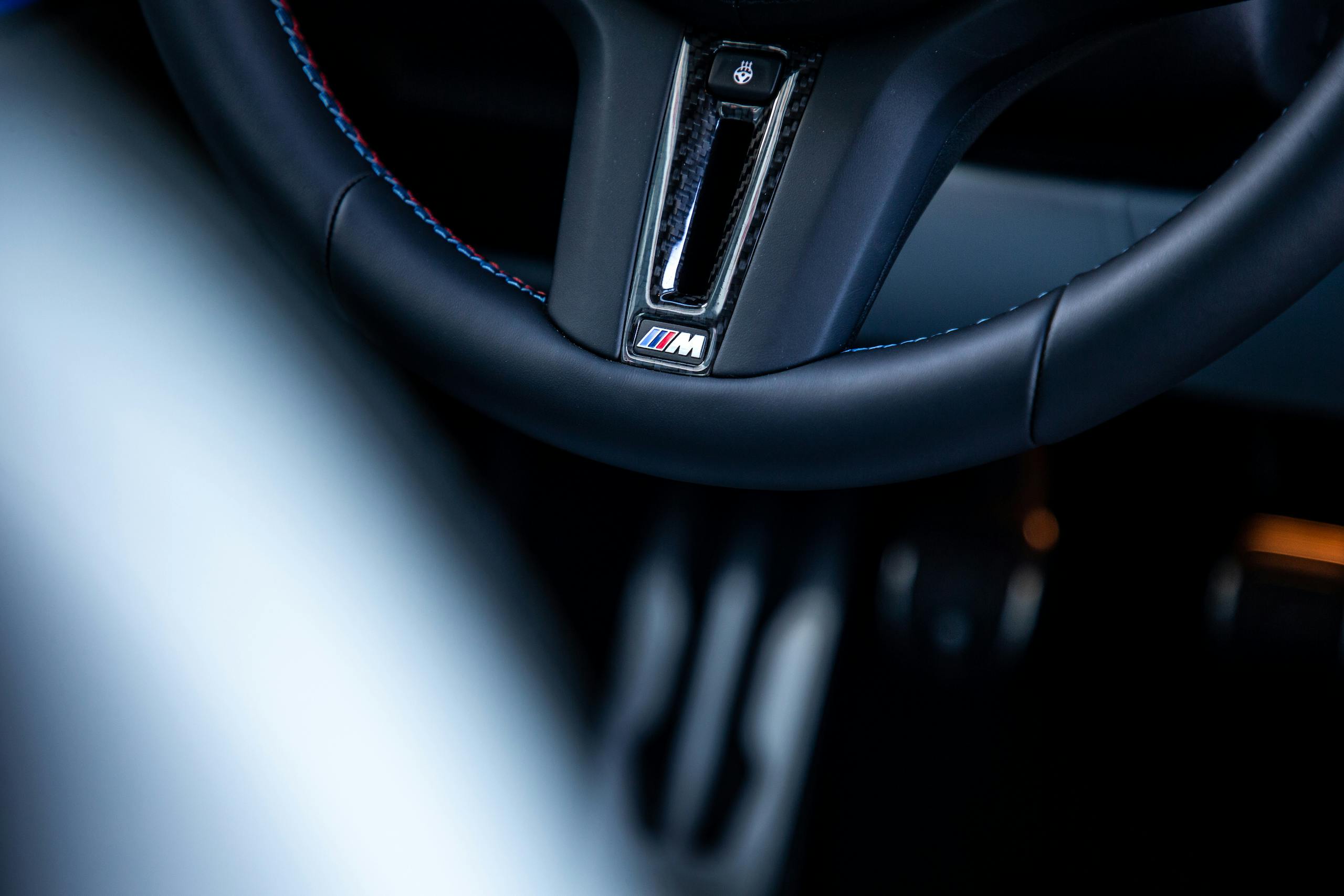Track Thoughts: There is nothing quite like the 2022 BMW M3
This is a 473-hp four-door. A flagship sport sedan built by a Bavarian firm that once made the best such things in the business. A BMW M3.
This particular example is … complex.
How strange, for that news to be encouraging.
A sport sedan is essentially a sports car in sensible shoes. The form generally means an ample trunk and a practical back seat paired with enough speed to hassle Porsches. The first BMW M3, based on the 3 Series known by the factory as E30, met American dealers from 1988 to 1991. That machine was raw and focused, a four-cylinder scalpel built to legalize a racing version for European competition. The race car, in turn, became the winningest touring car in continental history.
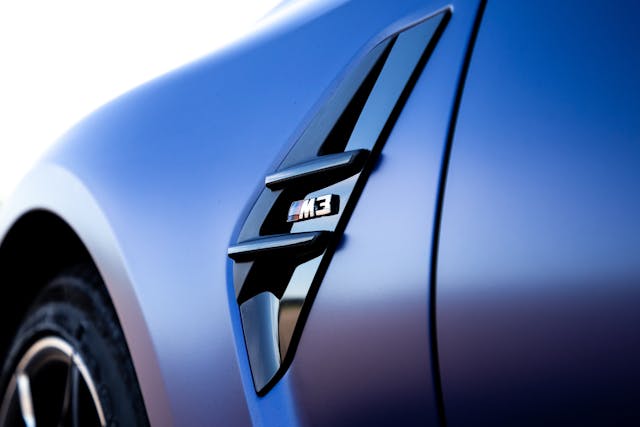
That success launched a badge and a dynasty. From steering feel to cockpit layout, the name’s high points have long been envied and imitated, benchmarked and cloned. As a breed, these were cars designed for speed and grip but defined by unique balance and spark—that intangible blend of feedback and response that makes great cars fizz where others bore. When the engineers nail the brief, you get that fizz at max honk but also while leaving a driveway.
Imagine being at the top of your game and knowing it. Would you tread with caution? Porsche tries to make every new 911 recall the first. With the M3, BMW has spent 34 years on a different path: a four-cylinder here, a six or eight there, the recipe more fluid. Each model generation is from the same song but no two sing the same note.
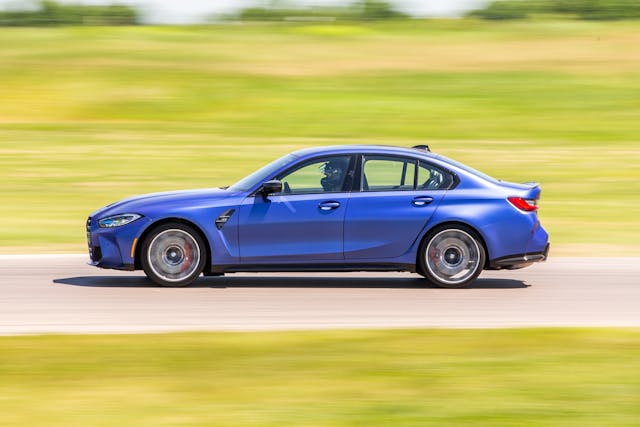
Remarkably, just one of those cars has seemed an outsider. The outgoing M3, the F80, lived in production from 2014 to 2018. Fast driving ditched smooth conversation for snatchy argument. (From my test notes when the car was new: “Mute steering, seems to hate the rear tires, mummified feel, is the rear axle just some rocks and a rubber band?”) Did this matter? Depends on your perspective. That machine was inarguably fast, but in this family, fast was never the whole point.
BMW calls the latest 3 Series G20. The current M3, a factory hot-rod on the same bones, is G80. The four-door is badged M3; the two-door is called M4. Both cars were launched in 2021.
We are publishing a track review of the sedan—and only a track review—for two reasons. First, some names are inseparable from their history. M3s are road cars first and foremost, but owners have moonlighted at track days since the beginning. There is also the general problem of a modern performance car on a public road: You can only learn so much without reckless endangerment.

Our test car was a base M3. This means 473 hp and 406 lb-ft, a twin-turbo six of three liters. A window sticker of $70,895 before options. Rear-wheel drive is standard. Same for a six-speed manual, adaptive dampers, and electronically adjustable brake-pedal feel. All-wheel drive is optional, along with carbon-ceramic brakes, a digital lap timer and drift analyzer (M Drive Professional pack, $900), and a wi-fi hotspot. If you want an automatic, you have to buy a different car, the M3 Competition Package. That machine costs around $4000 more and carries an eight-speed with a torque converter but also 503 hp.
All of this initially hits familiar. Steering feel through the electrically assisted rack is still almost entirely out to lunch. The cockpit is mostly flash and fad. Most modern German sedans look like a sci-fi airplane inside; this is plasticky trim and some kitsch. It is inoffensive in pictures but shouty in person. (Fun note: The car’s exterior is the opposite.)

Modern performance cars manage themselves with software, so you start a test like this in the dash menus. Pace is added gradually, over laps, with occasional stops to change settings. The BMW’s center dash screen gives mode choices like Comfort and Sport, but also digital sliders for throttle response, shock valving, steering weight, brake-pedal feel, and traction control.
Some of these features are gimmick or change little, but the process is always interesting: Try that corner again with button A off and button B on? Why is the rear so locked down with traction control dialed back? Do the brakes ever stop being so touchy? What’s the point of a billion settings for steering weight if they’re all as fake as a ten-dollar Rolex?
Each lap brings takeaways. That six is seamless and lovely. The sexy tach work comes from five to seven grand, but hefty pull lives as low as 3000.
Front-engine cars with longitudinal straight-sixes tend to carry much of their mass high and forward. Smooth torque is a given, but you never quite forget how the lump up front is just fuel for inertia, affecting how the car points. The BMW is no exception, if remarkably sharp on the nose. Light understeer—sliding front wheels—will ramp worse if you grow lazy over a few laps, consistently asking the tires for their max while ignoring heat. Trailed brake almost always helps lasso the car to the apex.
Where the F80 yelled things about its rear axle, this car hews old-school. Whispers in your ear, a less nervous feel, closer to the current class average. In either tidy driving or rampant gooning, slides are quick but not abrupt. Unlike with the F80, the rear dampers do not seem overstuffed with rebound. Load in a corner means more stability and less body-motion fuss. The factory traction control is ghostly smooth and progressive but ultimately too concerned with tying the car down, regardless of setting. Same for stability control. Turning off both systems helps free up corner exit, and it doesn’t take a hero manage the result.
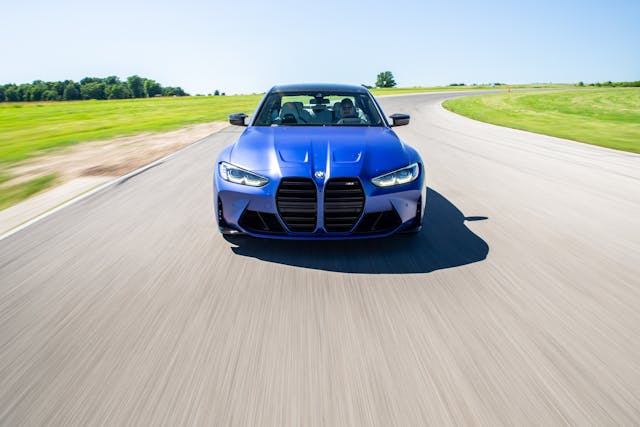
The shifter is somehow both notchy—high synchro effort—and vague. Two adjectives that shouldn’t go together when discussing a control surface you have to use without looking.
High-speed corners at fat throttle can rob a smidge of accuracy from the front, as if air were piling under the bumper. Patience helps.
In short, at roughly 95 percent of your author’s maximum pace—this website’s standard protocol and safety margin—the M3 is … fine. Predictable, effective, clinical. Even the exhaust note, a tenor, is anodyne. The competition is telling: Alfa Romeo’s Giulia Quadrifoglio is buckets more vibrant. Most recent fast Mercedes-Benzes have been more brainless and playful. Certain Cadillacs solve the entire problem set in such fashion as to make the BMW seem broken.
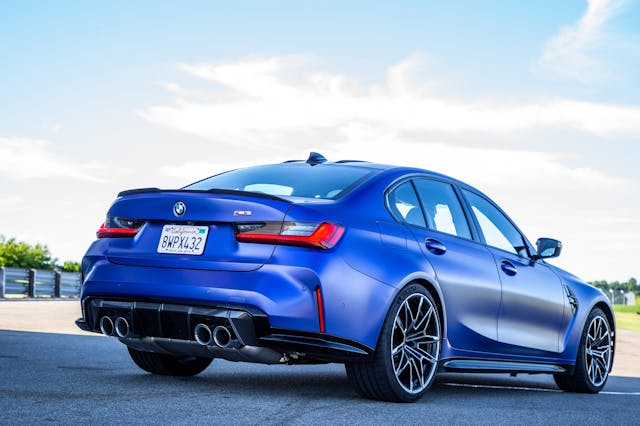
I parked the car in the paddock and shut it off. That’s that, I thought: An M3 happier than the last, but none of the old juju.
At that point, dear reader, an unlikely thing happened.
I was about store my notebook in my bag and move on to other work.
A voice in my head said to go back out.
Try slightly quicker, it suggested. Maybe a half-second a lap? Ninety-eight percent, a smidge more zen in the paint?
So I went back out. Couldn’t say why.

It is entirely possible that you, dear reader, do not hum yourself to sleep each night with silly thoughts about cars in corners. Maybe your eyes glaze over at this stuff.
If that is the case, you should definitely not read the following context-free excerpts from your narrator’s hand-written test notes. Nor would you need to know that said notes were logged moments after laying down a half-dozen laps at the safest amount of full commit a reasonable human might apply to a manufacturer-provided test vehicle costing nearly one hundred thousand real American bucks.
Still here?
I wrote the following first.
– Oh
Shortly after, further down the page, two words:
– Oh my?
Then I switched into brackets, for some reason?
– [Oh what is happening]
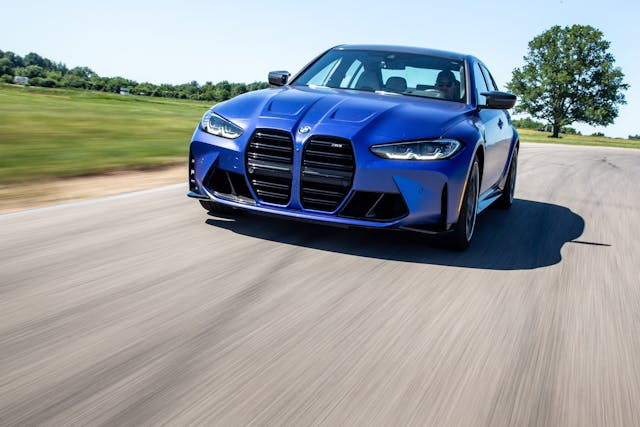
Finally, the tap turned on full:
– If you crank through those fast sweepers in fourth you can get these little full-throttle, modulated slews on exit—not a drift, barely a smidge of correction, but enough so that the car feels desperately alive and fickety-funky
– You maybe at first requires [sic] the tiny inputs, the dibs and dabs and being super-delicate, except when you put the blood in them eyes and the shocks stroll over into this magic world of smeary-smear slip angle and then help mom help it: glory
– This silly business doesn’t slow this big chunky tub on exit, is the crazy thing, and you wake to it with more jazz hands because it demands more jazz hands, I wish I played the trumpet, if this corner is any proof then I am a golden god right now I would absolutely MURDER some buckets of trumpet
– Preciso hefeweiss fever dream you will laugh all the creamy tenths forever
– What the actual f*** is happening why is this car a limp carrot at the big-boy-but-safe lap and suddenly all genius spinal feedback when you click over to blistering balls-out OMG what.
In case you are wondering: I don’t know what most of it means, either.
I suspect, however, that it is important.

At the wheel, correcting yaw in a 100-mph corner, I went slackjaw. With that small—microscopic!—bump in attack, something changed. Since when do cars go all Three Faces of Eve? I stretched the session a lap or five long simply because I could, because it was now just a bag of giggles to drive the thing hard, because the interest in clinical thoughts on the BMW’s behavior had been replaced, in sudden and dramatic fashion, by Who Cares We Are Having Fun Now You Are Drooling.
Cold dead gone warm alive, Dr. Boringfast to Mr. Hyde, in the space between strong hustle and strong hustle with cheese. In more than 20 years of track-testing road cars, I’ve never met anything like it.
Light under a bushel. But why? To make you … prove something?
A tiny fraction of sport-sedan owners hit race tracks. An even smaller percentage chase full honk with safety systems off. In other words, most people who plunk down 70 grand for the current version of one of the greatest names in the business will not be allowed to meet the surprise and delight that makes that car special.
For shame.
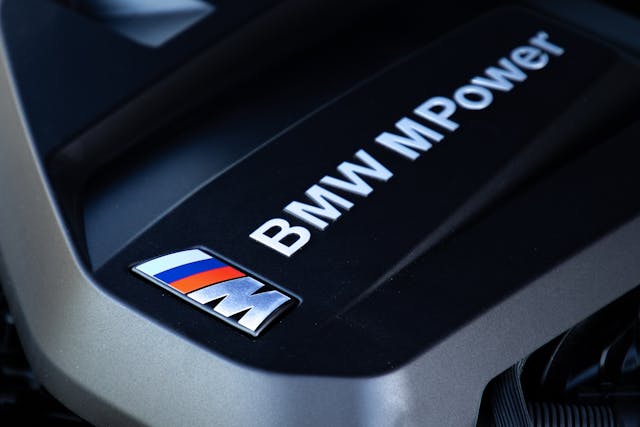
Full disclosure: If personal history carried actual weight, mine here would be a lead elephant. Twenty-five years ago, a string of old BMWs taught me to work on cars. Nineteen years ago, a used BMW helped land my first club-racing license. My parents brought me home from the hospital in an old Bavaria. I rode to preschool in a ’76 2002. I have owned more than 20 cars from this company, most costing less than five grand.
Imprinting isn’t just for baby animals. More disclosure: The first time I tried an F80 M3, my throat got tight. That was a perfectly alright car, a decent one in many ways, a perfectly respectable effort had it come from anywhere else. Next to the genius machines of my youth? As much family resemblance as a banana.
More than 111,000 examples of that M3 were sold worldwide, a breed record. I have track- and road-tested every generation of BMW M3 to meet this country, and the least compelling chassis in the mix, a car a racing teammate once called “Hot Mess Express,” far outsold the rest. In a period where global sport-sedan sales were shrinking, no less.

Have you ever had an old friend go off and make a bunch of new friends, then become what those new friends seem to want?
If there’s a lesson there, it is probably how the obsession over the indescribable bebop of a good car is possibly becoming an acquired taste.
A group of engineers an ocean away, once the best in the world at what they did. It is funny, really, how much that sort of thing can matter to a person in their formative years.
Names are just labels for a collection of priorities. The car on this page is a BMW M3. It is more interesting than the M3 it replaced; it’s more of a dead fish than the M3 before that. There is, however, a bit of the old spark.
Should you have to shut off every single electronic safety system and chase the screaming edge of the envelope to see it?
Of course not.
Still, a step in the right direction.
Imagine what might happen if they keep going.
***
2022 BMW M3
Price: $70,895 / $90,095 (base / as-tested)
Highs: Spectacular engine. Healthy front grip. Predictable and forgiving. Deeply effective at racking fast laps without drama.
Lows: Unpleasant shifter, abrupt brake take-up. Adjustable steering comes in any feel you like so long as it’s vapid. Traditional joyous M3 alchemy lives only at the limit. Makes you want to fly to Munich just to stand in the front of a certain office building and yell about the Cadillac Blackwings.
Takeaway: A fine effort and healthy improvement over its predecessor, if still less resolved than the old family gods. Intangibles aren’t a patch on the class gold standard. (On both counts: Try those Blackwings.)
***

Test Location: Gingerman Raceway, South Haven, Michigan
Track Notes: 2.2 miles, 11 corners. A nice mix of medium- and low-speed sections. Fast sweepers in the back half can present as 100-mph skidpad. The back straight is long enough to let most cars find the meat of fourth gear. Not much to hit, good sight lines. Sherman’s Dairy Bar, just down the road, is delicious.
Check out the Hagerty Media homepage so you don’t miss a single story, or better yet, bookmark us.
